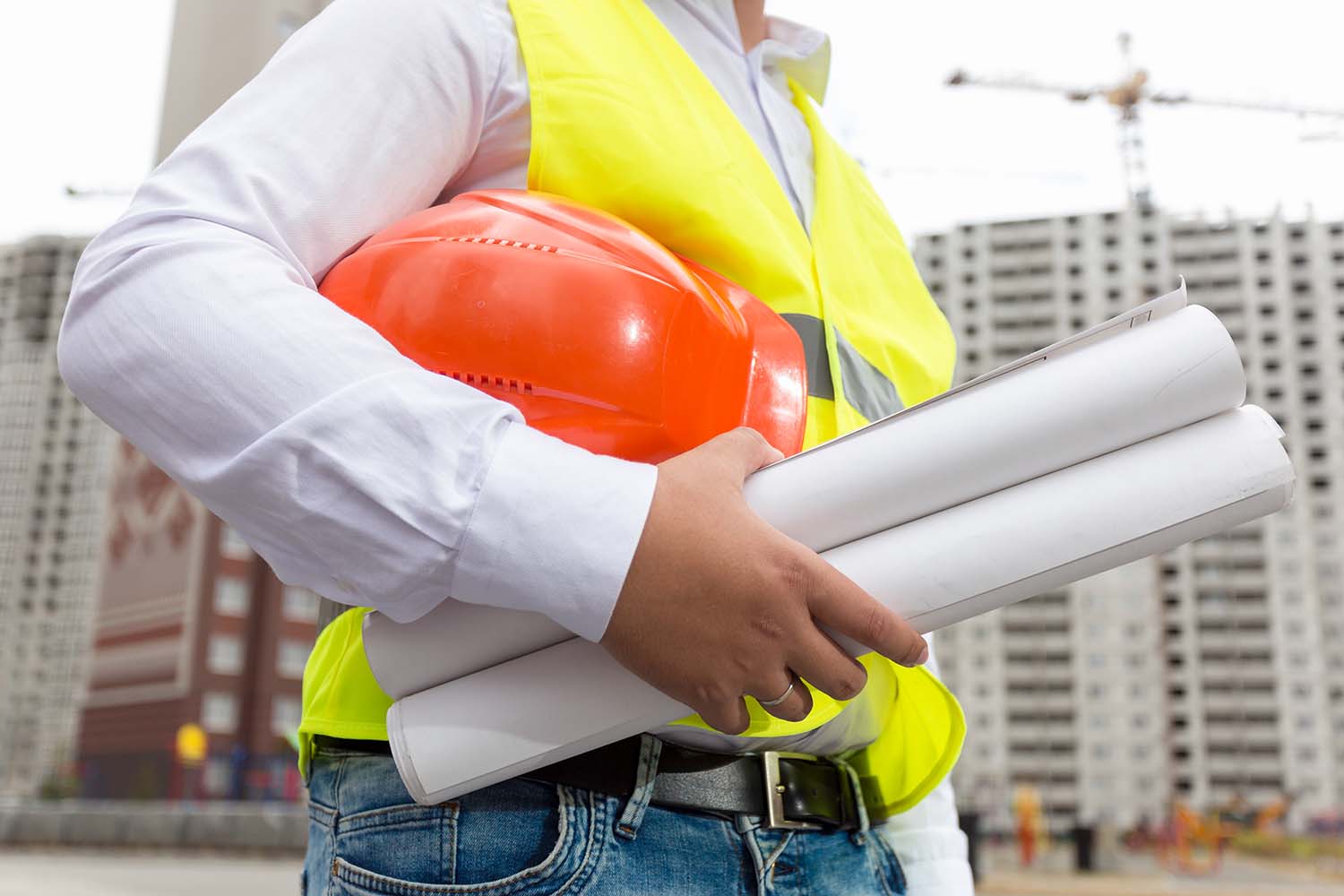How to Reduce Cooling Tower Blowdown and Drift

Water leaves a cooling tower in several ways. In addition to evaporation, some water leaves while still in liquid form. It does so through a couple of avenues, including drift and cooling tower blowdown. While blowdown makes up the majority of the liquid leaving a unit, it’s important to properly manage both and consult with water treatment experts along the way. Neither drift nor blowdown is inherently bad. However, properly controlling both processes and taking steps to reduce them often means more efficient tower operations and greater safety.
What is Drift in a Cooling Tower?
Much of the water that enters a cooling tower then exits via the evaporation process as the tower operates. However, small water quantities may also exit the system via small droplets. This is referred to as drift. As previously mentioned, drift in itself is not necessarily a bad thing. However, limiting the amount of it is a good idea. When water droplets leave the unit, they carry with them bacteria and microorganisms. Some of these are harmful, especially in large quantities. Eliminating this excess drift provides a safer environment for operators and others close enough to potentially ingest those harmful bacteria. Also, water droplets often lead to corrosion as they trickle down the exterior of cooling towers. Limiting drift means less chance for this corrosion to occur.
So, how do owners and operators reduce drift within their cooling towers? There are a couple of solutions they can implement. Drift eliminators now exist, which capture droplets leaving the unit and recirculate them back into the tower, rather than letting them escape into the external environment. Baffles are also sometimes implemented to further reduce drift. Baffles act as a partition through which air must pass, keeping droplets from passing through and redirecting them back into the unit.
Cooling Tower Blowdown Explained
While drift occurs unintentionally, blowdown refers to the process of intentionally flushing highly concentrated water down the drain and replenishing the unit’s water supply with fresh water. Blowdown is needed because the more packed with minerals the water is – the higher the likelihood of scaling along the unit’s surfaces. As mentioned before, water becomes more concentrated with these dissolved solids during the evaporation process.
If blowdown keeps minerals from excessively building up, then why limit it? Once again, water that leaves a tower in liquid form carries with it harmful bacteria in addition to those minerals. Also, excessive blowdown wastes a lot of water – especially in larger tower applications. At the same time, too little blowdown results in a mineral concentration beyond the saturation point (the point at which scaling forms).
Because of that delicate balance between keeping mineral concentrations low within a tower and also limiting the amount of liquid water that escapes during the cooling process – finding that optimal point may require an expert. In the industry, the term “cycles of concentration” (COC) is used to refer to the ratio of the concentration of dissolved solids in a unit’s water supply compared to that of the make-up water. Make-up water is that which enters a cooling tower to replace what was lost via evaporation, drift, or blowdown. There is a setting on a cooling tower’s controller for COC. A trained water treatment expert can help you determine the optimal setting and pair that decision with a chemical treatment plan to not risk safety in efforts to prevent scaling.
Other Liquid Loss in a Cooling Tower
When cooling towers are properly maintained, the likelihood of leaks and overflows is pretty low. Leaks are pretty self-explanatory, and often corrosion is the culprit. Overflows occur when the tower operators don’t check the float control equipment regularly, causing the basin level to be off.
Preventing liquid loss via leaks and overflows should be a top priority for cooling tower owners. In addition to checking the float control equipment, operators also must check system valves to note any unusual liquid loss that may indicate an issue. Lastly, as corrosion most often leads to leaks, a strong preventative maintenance plan that keeps corrosion prevention in mind should be implemented. Some tower owners prefer to handle this preventive maintenance in-house. However, for those with limited personnel or expertise, partnering with an industry expert is a great option.
Services from Cooling Tower Experts
Cooling towers are complicated pieces of equipment, with multiple components working simultaneously throughout the cooling process. Like any large HVAC component, the most effective cooling tower application is one that is chosen and sized correctly, operated appropriately, and maintained regularly. Because of their complex nature, partnering with industry experts is often the best way to ensure you both choose the right tower for your application and keep your tower running smoothly and safely for many years.
At Cooling Tower Experts, we offer many services, including tower consulting. Our team brings decades of industry experience, manufacturing expertise, and best practices to advise you on any steps in the cooling tower process. From helping you choose the right tower for your unique application to identifying the optimal cycles of concentration to minimize scaling but also keep safety top priority – the team at Cooling Tower Experts is happy to help. We can even develop and help you implement a preventive maintenance plan to best set your tower up for long-term efficiency. Looking for training for your operators? We offer that as well. In fact, our training service topics range from cooling tower selection criteria to predictive and preventive maintenance. Contact us today to learn more.